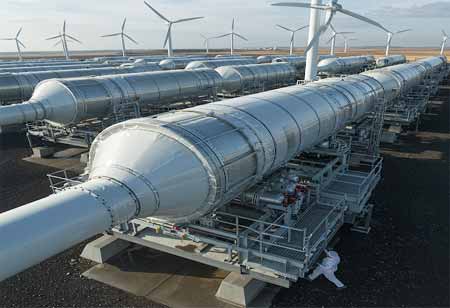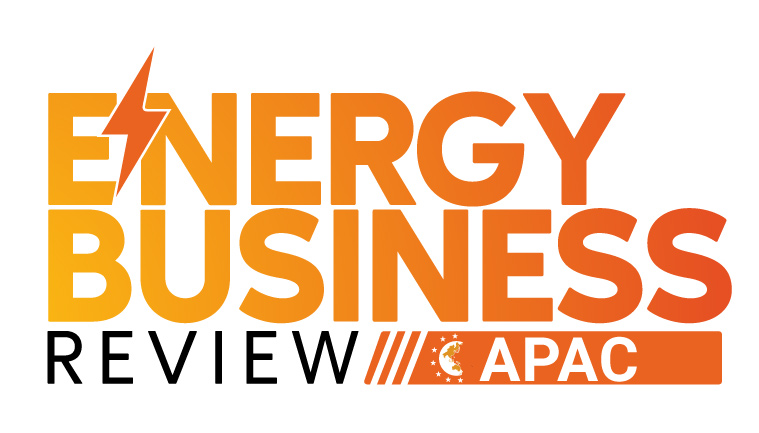Thank you for Subscribing to Energy Business Review Weekly Brief
Advancements in Coating Standards for the Energy Industry
The energy industry utilizes advanced coating standards to ensure infrastructure integrity and longevity, incorporating environmental and health considerations, digitalization, nanotechnology, and AI.

By
Energy Business Review | Monday, October 27, 2025
Stay ahead of the industry with exclusive feature stories on the top companies, expert insights and the latest news delivered straight to your inbox. Subscribe today.
Fremont, CA: The energy sector functions in some of the most challenging conditions on the planet, ranging from the corrosive saltwater found in offshore facilities to the extreme temperatures and abrasive environments present in power plants and pipelines. In these challenging scenarios, maintaining the integrity and durability of infrastructure is critical for ensuring operational efficiency, safety, and environmental protection. Coatings are essential in protecting these assets from deterioration, leading to significant advancements in the standards that regulate their application and effectiveness.
A Focus on Performance and Sustainability
Today's energy industry must navigate a complex web of coating standards shaped by sector-specific needs, asset types, geographic conditions, and evolving technological and regulatory demands. A central component is the emphasis on detailed surface preparation, with modern standards specifying rigorous procedures for cleaning, degreasing, and achieving the appropriate surface profile to ensure optimal coating adhesion. This includes categorizing surface cleanliness and roughness levels according to the service environment. In parallel, coating system specifications have become highly tailored, often detailing multi-layer systems—such as primers, intermediate coats, and topcoats—engineered for specific environmental exposures.
Application procedures are equally stringent, recognizing that the performance of even the most advanced coatings can be compromised by improper application. As such, standards include precise guidance on application techniques, acceptable environmental conditions (e.g., temperature and humidity), and quality control measures to ensure uniformity and defect-free finishes. To support these efforts, comprehensive testing and inspection protocols have been standardized. These encompass adhesion testing, thickness measurements, holiday detection, and increasingly, advanced non-destructive testing (NDT) methods. Another notable trend is the growing incorporation of environmental and health considerations. Standards now address volatile organic compound (VOC) emissions, hazardous material restrictions, and safe handling and disposal practices. Environmentally friendly alternatives like waterborne and high-solids coatings are increasingly favored. There is a marked shift towards performance-based specifications, prioritizing defined performance outcomes, such as corrosion resistance in specific environments, over prescriptive product or application requirements. This approach promotes innovation while ensuring coatings meet the necessary durability and protective standards.
Emerging Trends and Future Directions
One of the most transformative areas is the rise of smart coatings and digitalization. Innovations such as self-healing coatings and sensor-integrated surfaces that provide real-time data on corrosion, temperature, and mechanical stress are expected to revolutionize monitoring and maintenance practices. As these technologies progress, future standards must address their performance metrics, data integration requirements, and digital workflow compatibility.
Advancements in materials science, particularly nanotechnology, are also driving significant change—coatings incorporating nanocomposites and graphene promise to deliver superior corrosion resistance, abrasion durability, and anti-fouling capabilities. The maturation of these materials will necessitate the development of standards covering their properties, application techniques, and testing methodologies. Concurrently, the industry is placing a greater emphasis on sustainability and the principles of the circular economy. This includes stricter regulations on volatile organic compound (VOC) emissions, increased use of bio-based and recycled materials, and standards focused on recyclability and life cycle assessments of coating systems.
Adopting remote monitoring and inspection technologies, such as drones and robotic crawlers, further influences how coating conditions are assessed, prompting new standards that ensure data accuracy and reliability from these methods. Additionally, artificial intelligence (AI) and machine learning (ML) are increasingly employed to predict coating failures, optimize maintenance, and assist in system selection. Future standards may offer frameworks for the ethical and practical use of AI/ML in coating management.
The evolution of coating standards in the energy industry reflects a continuous pursuit of enhanced asset protection, improved operational efficiency, and greater environmental responsibility. Integrating smart technologies, advanced materials, a stronger focus on sustainability, and the application of digital tools will drive the next wave of innovation in coating standards.






